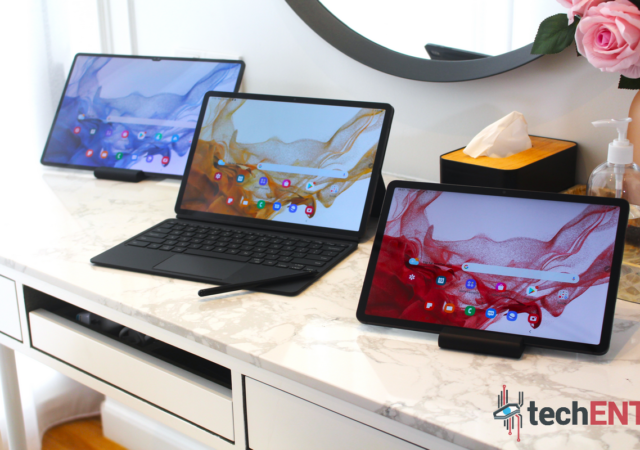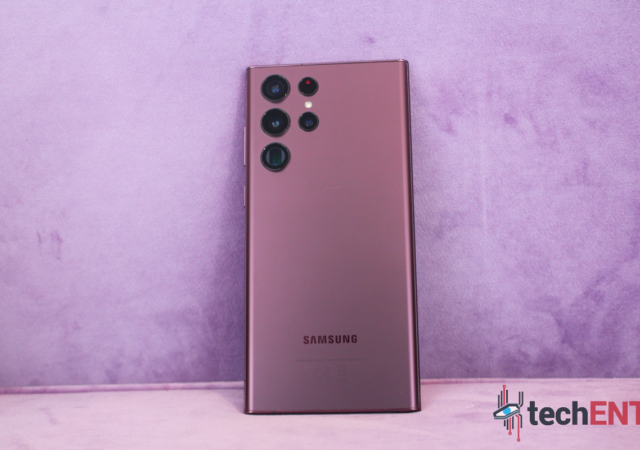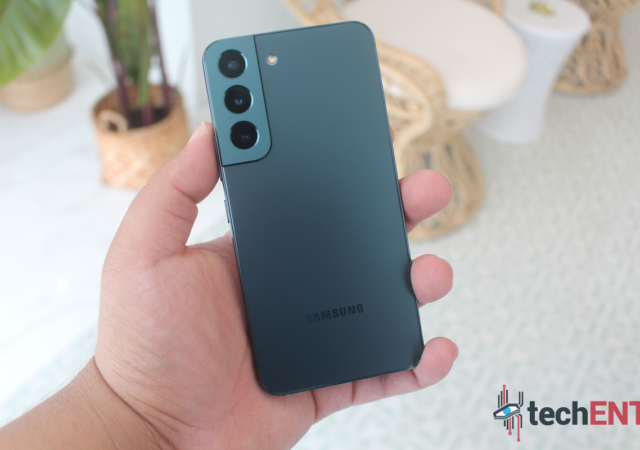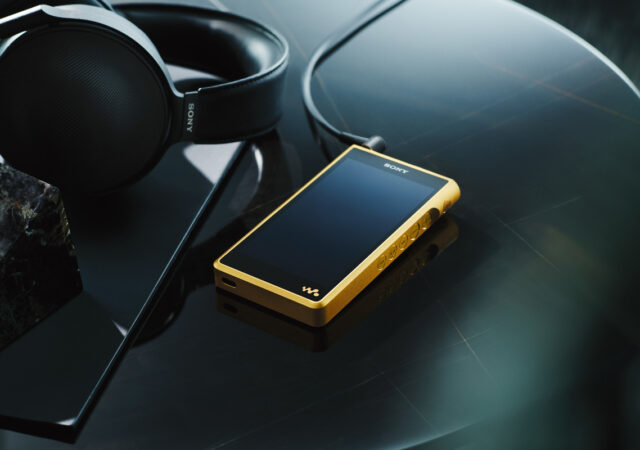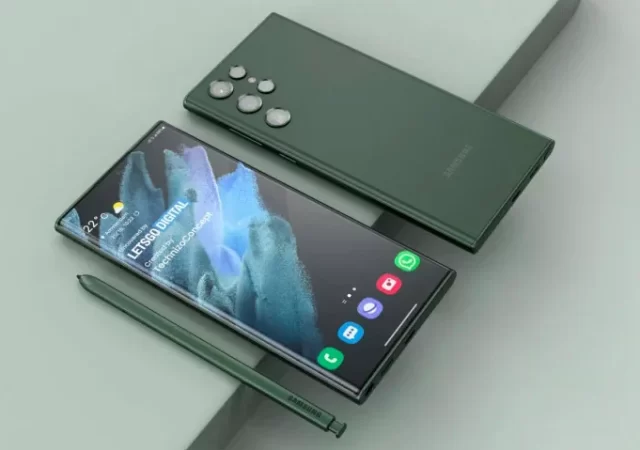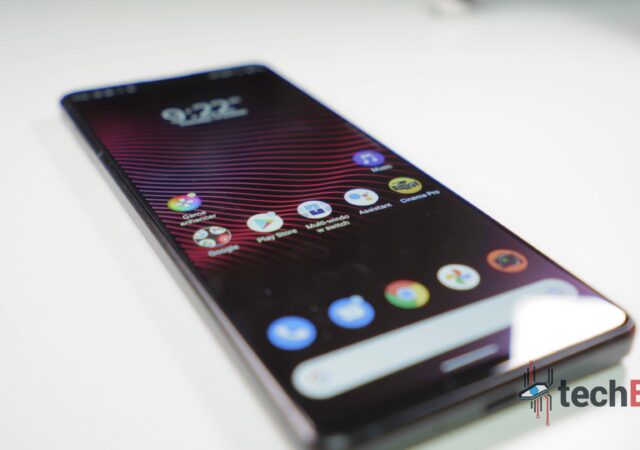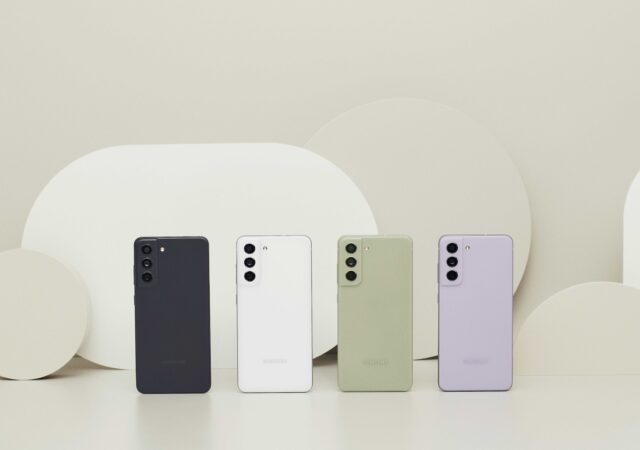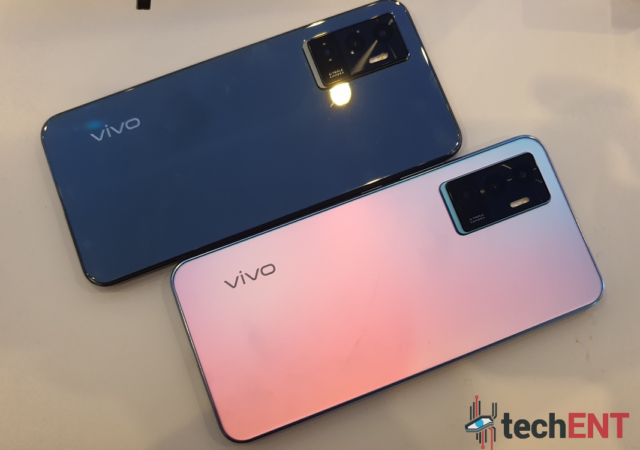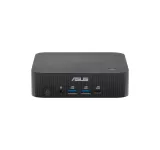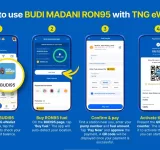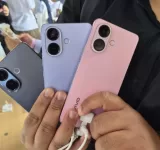Samsung unveils a new Galaxy Tab S8 lineup focused on productivity and multitasking in a world where work and play mingle seamlessly.
The Galaxy Note Series is Back as the Samsung Galaxy S22 Ultra
Samsung brings back the Galaxy Note in the new Galaxy S22 Ultra complete with an updated S Pen and killer 108-megapixel camera.
Samsung Unveils New Galaxy S22 & Galaxy S22+
Samsung has just announced its new Galaxy S22 flagship series with new features, new technology and nightography.
Sony Launches Two New Premium Walkman Music Players – Yes, Walkman is Still a Thing
Sony launches new Walkman audio players with state-of-the-art materials and technology for the best audio experience in a small packages.
Samsung Galaxy S22 Rumour Round-Up – Everything You Need To Know
Samsung is set to announce their new Galaxy S22 series in a few days. Here’s everything you need to know about the upcoming flagship.
5 Reasons Why the Nokia T20 is a Tablet Made for Anyone
The Nokia T20 is promising a versatile experience that is able to adapt to your every need. We’re taking a look at 5 reasons how it does.
Sony Xperia 1 III In-Depth Review – A Niche Smartphone for Content Creators
The Sony Xperia 1 III is Sony’s latest and most premium flagship so far. Is it worth MYR 5,799 though with the Xperia Pro-I around?
Samsung Unveils a Galaxy S21 for Fans – the Galaxy S21 FE 5G
Samsung unveils its latest entry into the Galaxy S21 family – the Galaxy S21 FE 5G. The new smartphone continues the FE’s tradition of unifying the best in one offering.
OPPO A95 In-Depth Review: Valiant Mediocrity But A Step in the Right Direction
The OPPO A95 brings along with it many signature OPPO features but they’ve been edited for their midrange offerings. Is it up to snuff? Read on to find out.
vivo V23e 5G Lands In Malaysia; Priced from MYR1,399
vivo launches the new vivo V23e and vivo V23e 5G smartphones in Malaysia.



